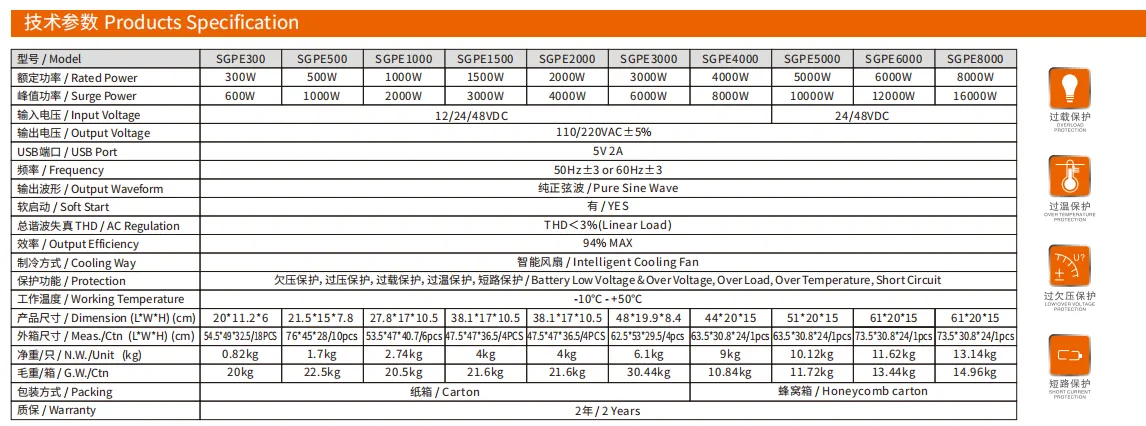Understanding the Functionality and Efficiency of Solar Inverters in Energy Systems
Understanding Solar Inverter Operation
Solar inverters are essential components of a solar power system, acting as the bridge between solar panels and the electrical grid. Their primary function is to convert the direct current (DC) electricity generated by solar panels into alternating current (AC) electricity, which is the form of electricity used in homes and businesses. Understanding how solar inverters operate can deepen our appreciation for solar technology and its role in renewable energy solutions.
Understanding Solar Inverter Operation
There are different types of solar inverters, including string inverters, microinverters, and power optimizers. String inverters are the most common and are typically used in residential installations. They connect a series of solar panels (or a “string”) to a single inverter. While string inverters are cost-effective and reliable, their performance can be affected if one panel is shaded or malfunctioning, resulting in a decrease in overall system performance.
solar inverter operation

Microinverters, on the other hand, are attached to each individual solar panel. This configuration allows for greater optimization, as each panel operates independently. If one panel is underperforming due to shading or dirt, it does not impact the other panels’ output. This results in increased overall energy production, making microinverters a popular choice for larger installations or areas with variable shading conditions.
Power optimizers offer a middle ground between string inverters and microinverters. They are installed on each panel, ensuring that each one operates at its maximum efficiency, while still connecting to a central inverter for the DC to AC conversion. This system allows for better performance in conditions where shading occurs, similar to the benefits of microinverters, but at a lower cost.
In addition to powering homes, solar inverters come with advanced features that enhance system performance and user experience. Many modern inverters include monitoring systems that allow users to track energy production and consumption in real-time, providing valuable insights for energy management. Furthermore, some inverters are equipped with smart technology, enabling them to communicate with the grid for demand response and other energy efficiency programs.
In conclusion, solar inverters are a crucial component of solar energy systems, responsible for converting DC electricity from solar panels into usable AC electricity. Understanding the different types of inverters and their operational principles can help homeowners and businesses make informed decisions when installing solar energy systems. As solar technology continues to evolve, innovative inverter solutions will play an increasingly vital role in optimizing solar energy utilization, ultimately contributing to a more sustainable and efficient energy future. The investment in solar technology not only benefits the environment but also offers economic advantages through reduced energy bills and increased property value. By harnessing the power of the sun, we take a significant step towards energy independence and resilience.
-
Unlocking Energy Freedom with the Off Grid Solar InverterNewsJun.06,2025
-
Unlock More Solar Power with a High-Efficiency Bifacial Solar PanelNewsJun.06,2025
-
Power Your Future with High-Efficiency Monocrystalline Solar PanelsNewsJun.06,2025
-
Next-Gen Solar Power Starts with Micro Solar InvertersNewsJun.06,2025
-
Harnessing Peak Efficiency with the On Grid Solar InverterNewsJun.06,2025
-
Discover Unmatched Efficiency with the Latest String Solar InverterNewsJun.06,2025







